SEARCH






|
|
|
|


by Editor Peter Davidson and Editor Jay Myrdal himself
Edited and published by Yvette Depaepe,the 18th of 2023
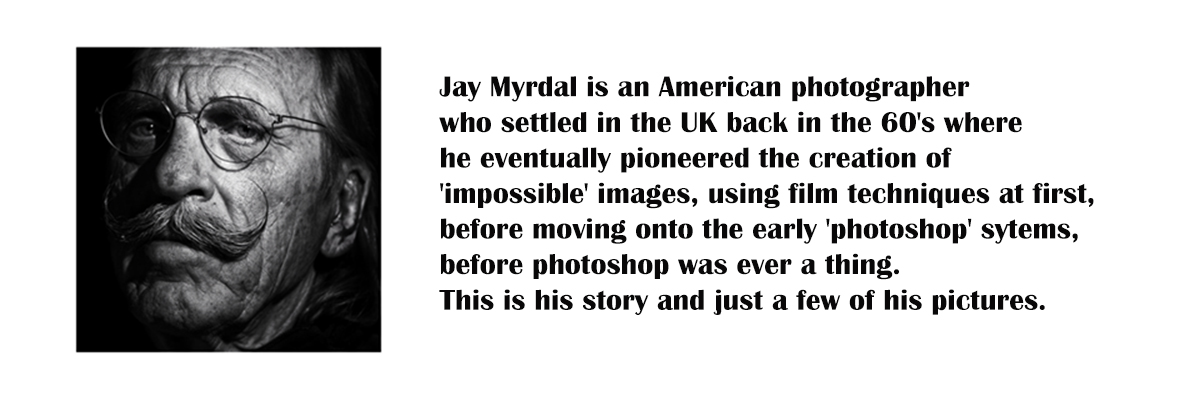
I have been a photographer almost forever but I always wanted to photograph things that didn’t exist.
My quest began in 1959 when at sixteen I was able to buy a Yashka Mat camera and build a darkroom. Now with a proper camera and the ability to develop film and make prints I went all out with my hobby. One day I obtained some sheet film and began experimenting in the dark room. I accidently discovered bas relief by making positive and negative transparencies and sandwiching them together slightly offset. It was magic, my interest in special effects was born.
After high-school I attended Montana State University briefly but my undiagnosed dyslexia was making higher education a very uphill task. This combined with my discovery that by volunteering early for the Army I could be sent to Europe and thus avoid being sent to Viet Nam; I joined up. Apart from the obvious this was a good move. I lucked out and spent two years running a service club darkroom as an off duty job while continuing to work as a technician in a Signal Corps communication centre. The experience gained was invaluable.
I came to England on my release from the American Army in 1965 but I even though I had the good fortune to get a job working for London advertising photographer where I again learned a great deal, I still struggled for several years before finally discovering I could make a living with my camera by photographing naked ladies for the British top shelf magazines Men Only and Club international. That is another story but the bottom line was I was finally making money and was able, slowly but surely, to obtain and equip a studio.
In the middle 1970s I was commissioned to illustrate a book of ghost stories. To create some of the ghosts I created cut out teardrop shapes in thin black paper and stuck them on a skylight filter on the front of my Nikon. I then shot a whole roll of 35mm film with the out of focus black shape holding back parts of the image. I then wound the film back, realigned it on a pre-marked sprocket hole, reversed the shape on the skylight filter and re-exposed the entire roll with my “ghost” exposed into the space. It worked surprisingly well. It was the beginning of a soft masking technique that I much improved over the next few years
My picture Lady of Man is an example of this technique, still in its early days of development. This image was shot on a Hasselblad using three magazines and three rolls of film. For each frame I put the left hand mask into a registered holder in front of the lens and exposed each if the three magazines without winding on. I then reversed the masks while the model carefully moved her left leg from the back to the front and shot each magazine again, finally winding on to repeat the sequence on the next frame. It took all day to shoot three rolls of film, twelve exposures each. Most of the images were mis-aligned and useless but at least two images worked. Brilliant!
The electronics I learned in the Army gave me the knowledge to build high speed triggering systems and delaying timers. To create the image “Bull Market” I rigged Perspex models and fragments on top of a working computer monitor. Broken bits were then stuck on or hung from above on invisible tungsten wire. When all was ready, a blast of compressed air launched dust and paper fragments through the set. The air also initiated a timing sequence which fired the flashes a few milliseconds later. It took about a week to set up, test and shoot. “Reversal of Fortunes” was similar although the oversized set was much more complicated.
Over the years I improved this system bit by bit. I built register pins into my large format cameras and film holders, and created a registered masking frame between lens and film within the bellows. I also built a homemade flatbed digitizer which worked with my early BBC computers. I was now able to create and use highly sophisticated masks capable of producing apparently impossible images which were quite unusual in those pre photoshop days.
By the time I came to shoot “Recycling” the system was very sophisticated indeed. The excellent set, built for me by Parallax Models, was made as you see it in the picture, self-contained and rigid. The plan was to create a set of masks that divided the image into four parts. The set could be filled, propped and shot, masking out the other 3 quadrants. The water would then be drained out and the whole set, including the lighting, rotated 90 degrees and the mask changed for the next section.
I was confident that it would work but as I was preparing for the shoot I had a call from Peter Holmes of Mamba who offered me a free day on his new platform. Mamba was one of the elaborate retouching systems which were coming in. It was powerful enough to handle the three hundred megabyte tiff files created by scanning 10x8 inch film. The Photoshop of the time would struggle with anything above fifteen megabytes.
In the end I shot it on four separate sheets of 10x8 film and put it together on Peter’s system. It was still necessary to make all the careful measurements and reposition each section very precisely, but not having to worry about the masks made it much easier. I have used computers to do the hard stuff ever since.
Of course not all images are the same. Each project has its own requirements. “Dinner with Dali” didn’t require any tech at all. The background was painted, the dinner set was rigged on armatures and the lightly coloured water was blown out of the glass from a tube welded into the back of the glass and fed through the background painting. I simply blew through the tube to force the water out of the glass and fired the shutter by hand judging the right moment by eye.
Perhaps even less tech was employed when shooting “Spot Gen X”. No tech at all really. The lighting was the big challenge. The bell of the gramophone reflected absolutely everything and required lights positioned nearly everywhere in the studio apart from the actual set itself. A further flash spot light put the window outline on the wall. And Spot? He was positioned by his trainer and told to s-t-a-y-y. Choosing the right model is very important, even with animals.
Perhaps the most important thing to consider when shooting multi-composite images is perspective. If the perspectives don’t fit it just won’t work. Unlike most people, I used my high-school algebra and geometry nearly every day during my working life to calculate the required shooting angles and scales. It is important to be practical too.
In planning “The Skater” I was careful to arrange the position of the model and her feet so the cars could be shot sitting on the ground without the necessity for complicated heavy duty rigging.
Times have certainly changed since my early experiments in the darkroom in the 1950s. Making photographs of things that don’t exist is now common place. Hardly a thought is paid to technique and manipulated images are everywhere, including many of the stunning photographs that grace the pages of the 1X gallery itself. The film industry, with almost unlimited budgets, has gone further still. James Cameron’s The Way of Water a great example. None of it is real but the film is not only extraordinary and beautiful, it is very believable too.
The clock is continuing to tick of course. AI is now the new way for creating images of things that don’t exist but It all seem too easy somehow. Personally I find it very disturbing and I’m very pleased that AI images are banned on this site. Still, I’m an eighty year old man. What do I know? The advent of photography itself was once seen as a threat to the art world and yet here we are, nearly two hundred years later, and fine art is far from dead. What indeed will the future bring?
My website www.myrdal.com contains more photographs, information on technique and even a number of memoirs for those interested in learning more.
 | Write |
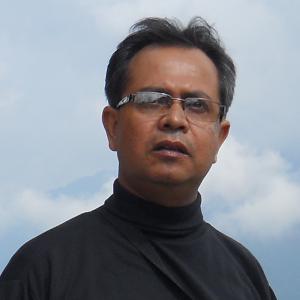 | Shaibal Nandi PRO Wonderful! I love the photography journey and the techniques. Congratulations. |
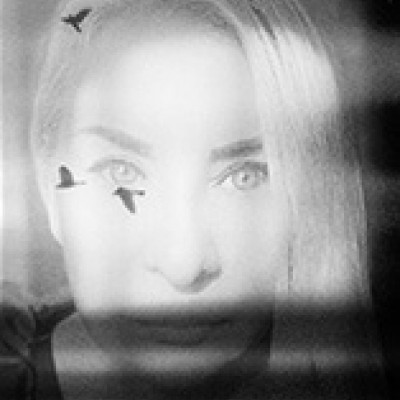 | Gabriela Pantu PRO I am absolutely delighted with this photographic journey, so daring and so inspiring.Love the pictures and the stories behind them.Thank you for sharing and congratulations! <3 |
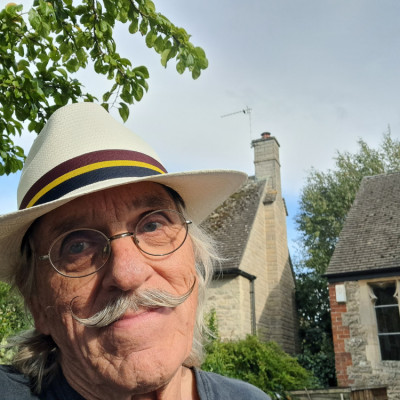 | Jay Myrdal CREW Thanks loads, I have had great fun over the many decades doing this. |
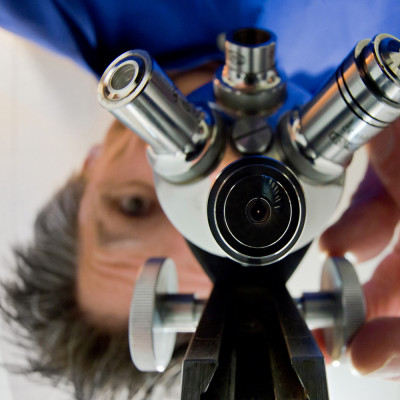 | Steven T CREW Jay, Thank you for sharing your story and your fantastic photographic creations with us. You are a craftsman and an artist. |
 | Jay Myrdal CREW Thanks Stephen. Craft is the word that sticks here. I always considered my self more craftsman than artist. |
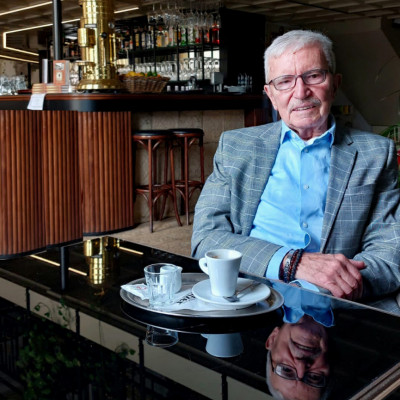 | Miro Susta CREW Very interesting story which brings me back to the time when I was also experimenting with analoge photography. Many thanks to Jay and also Peter & Yvette for introducing it to us, by the way congratulations for wonderful photos. |
 | Jay Myrdal CREW Thanks Miro |